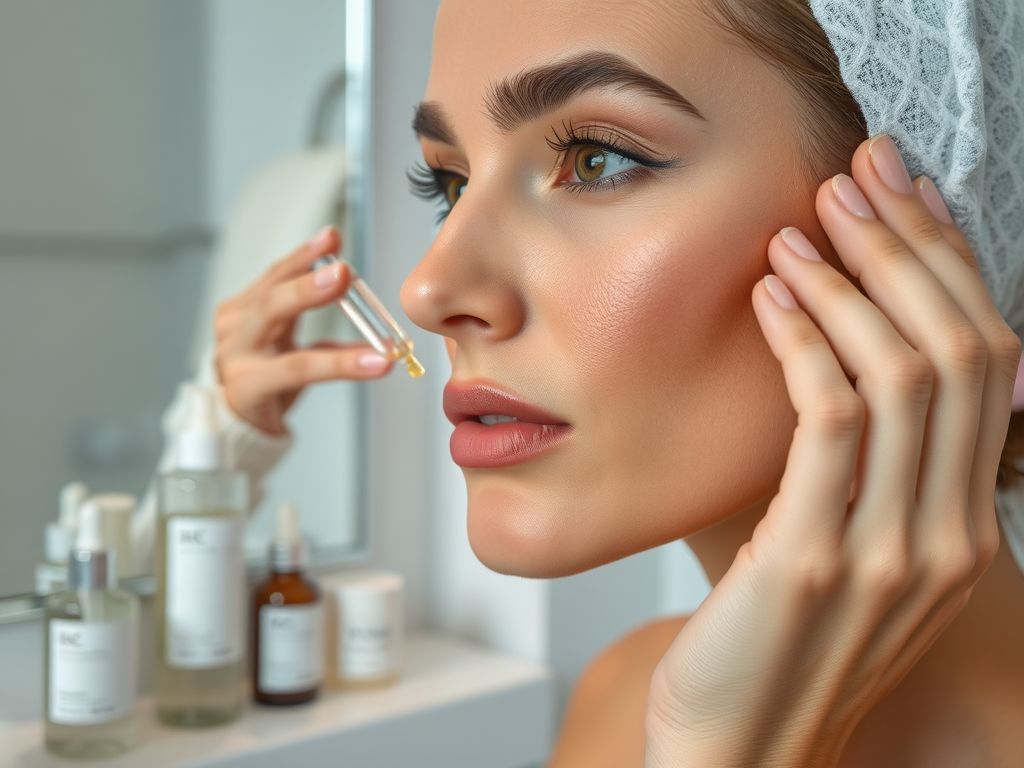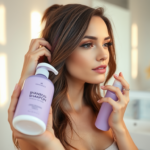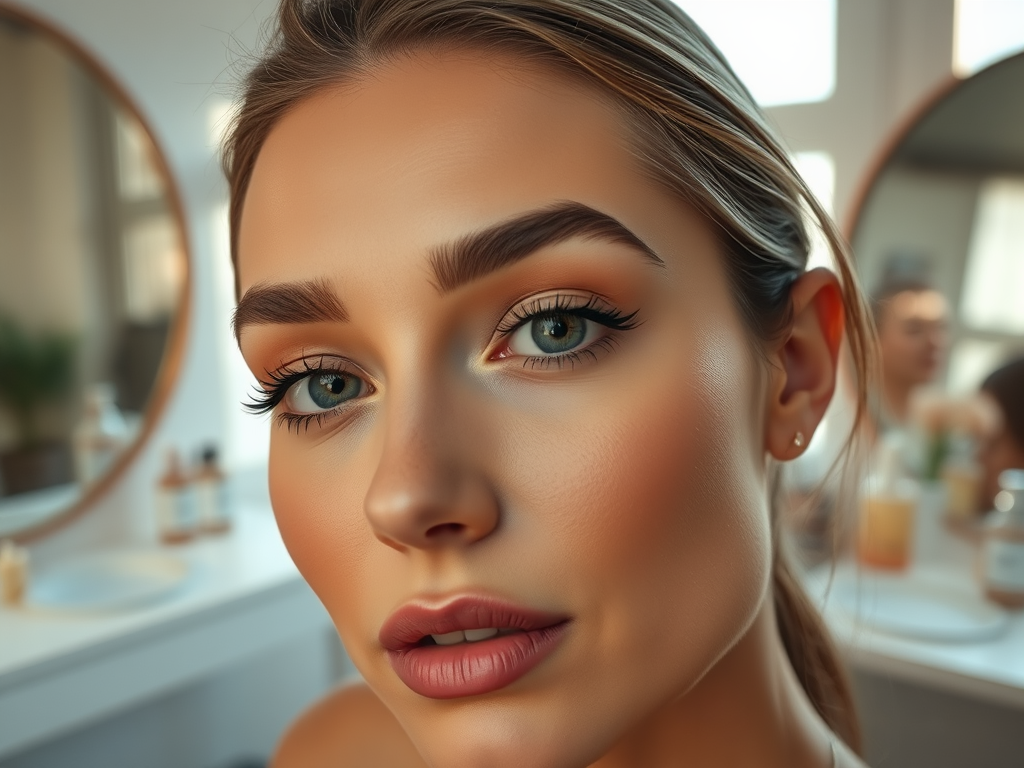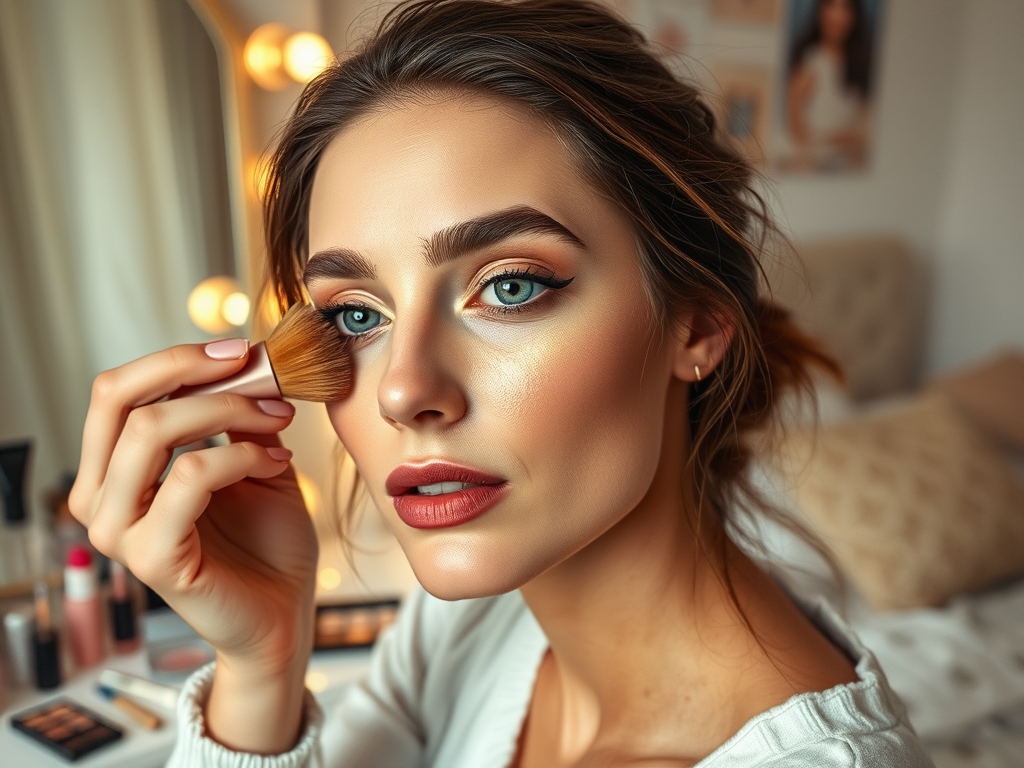When it comes to skincare, few topics spark as much interest as the combination of active ingredients. Among these, the dynamic duo of retinol and hyaluronic acid stands out for its impressive results. Both ingredients serve distinct yet complementary roles in skincare, paving the way for a rejuvenated complexion. Retinol works wonders by promoting cell turnover, helping to diminish fine lines and age spots. However, this process can often leave the skin feeling dry and sensitive. That’s where hyaluronic acid makes its grand entrance, providing a necessary hydration boost that enhances the effectiveness of retinol without compromising skin health.
Retinol, a derivative of Vitamin A, has a reputation as a skin savior, but it can lead to dryness and irritation if used alone. By incorporating hyaluronic acid into your routine after applying retinol, you can alleviate those uncomfortable symptoms while maximizing the benefits of both. This comprehensive guide will explore how these two ingredients work synergistically, offering insights into their optimal use and the myriad of benefits they provide when combined. Together, they not only transform the look of your skin but also elevate your skincare regime to a whole new level.
What is Hyaluronic Acid?
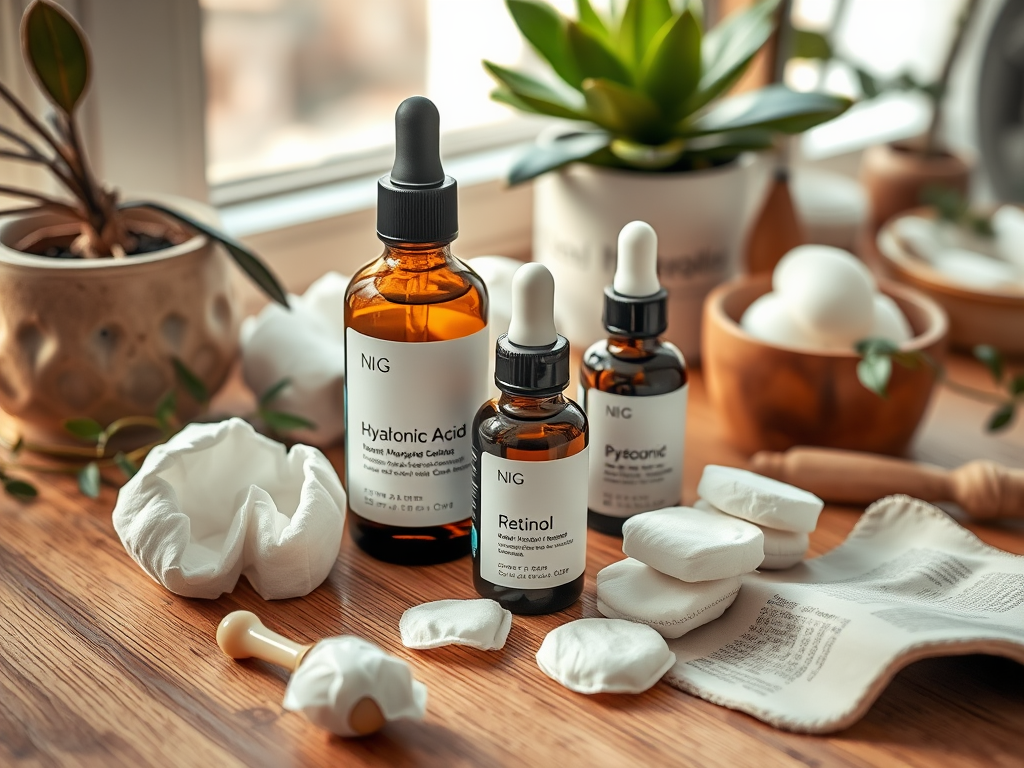
Hyaluronic acid is more than just a buzzword in skincare; it’s a powerhouse ingredient that your skin craves. Found naturally in our bodies, this incredible molecule has the unique ability to hold up to 1,000 times its weight in water. It’s this very quality that makes it an essential component in hydrating products. The body tends to produce less hyaluronic acid as we age, contributing to dryness and loss of elasticity. Moreover, its lightweight formula penetrates the skin effortlessly, making it ideal for layering beneath other products. For those battling dry or dehydrated skin, incorporating hyaluronic acid can provide immediate relief and long-term benefits.
How Retinol Works on the Skin

Understanding the mechanics of retinol is crucial to appreciating its powerful effects. As a derivative of Vitamin A, it stimulates collagen production and increases cell turnover rates, resulting in fresher skin that appears more youthful. However, the exfoliating nature of retinol can lead to temporary irritation or dryness as the skin adjusts. This is where a good hydrating ingredient becomes vital. Retinol works best when paired with a moisturizing agent, mitigating its drying effects while promoting healthier skin over time. By utilizing hyaluronic acid after retinol, skin can enjoy the exfoliating benefits of retinol without the abrasive side effects.
| Property | Retinol | Hyaluronic Acid |
|---|---|---|
| Source | Vitamin A Derivative | Natural Skin Component |
| Primary Benefit | Stimulates Cell Turnover | Retains Moisture |
| Texture | Thick Cream | Lightweight Serum |
| Suitable for | Anti-Aging | All Skin Types |
The Synergistic Relationship Between Retinol and Hyaluronic Acid
Using retinol and hyaluronic acid in conjunction can unlock a realm of skincare benefits. While retinol tackles wrinkles, dark spots, and overall skin texture through its exfoliating properties, hyaluronic acid complements these efforts by providing much-needed hydration. A flawless balance emerges when these potent ingredients are combined, as hyaluronic acid can soothe and moisturize irritated skin post-retinol application. This dual approach not only results in a visible reduction of age-related signs but also leaves the skin feeling comfortable. Let’s explore the key benefits this powerful pairing offers.
- Improved Skin Texture: Smoother skin and decreased flakiness from retinol.
- Enhanced Comfort: Relief from tightness and irritation post-application.
- Long-term Results: Continuous use can lead to diminished wrinkles and better skin plumpness.
Tips for Using Hyaluronic Acid and Retinol Together
To get the most out of your skincare routine with these two ingredients, proper application is essential. Start with retinol, applying it to clean, dry skin in the evening. Give it a few minutes to settle into the skin, allowing for higher absorption rates. Following this, apply hyaluronic acid, which will draw moisture into the skin and counteract any dryness caused by retinol’s activity. Some tips to successfully utilize these ingredients together are:
- Start slow with retinol to allow your skin to acclimate, especially if you are new to it.
- Layer hyaluronic acid generously to lock in moisture immediately after retinol application.
- Adjust frequency based on your skin’s response, especially if any irritation occurs.
Conclusion
Incorporating hyaluronic acid after retinol is a game-changer for achieving hydrated, radiant skin. This powerful combination allows you to relish the transformative effects of retinol while maintaining optimal moisture levels. Not only does this dual approach address the signs of aging, but it also fosters a smoother and healthier complexion free from discomfort. With these simple yet effective techniques, you can ensure your skin reaps all the benefits without the downsides often associated with retinol. Embrace this synergy and watch your skin thrive!
Frequently Asked Questions
- Can I use retinol every day? It depends on your skin type and tolerance. Start with 2-3 times a week and gradually increase based on your skin’s reactions.
- How soon can I apply hyaluronic acid after retinol? It’s recommended to wait a few minutes after applying retinol before applying hyaluronic acid for proper absorption.
- Is hyaluronic acid suitable for all skin types? Yes, hyaluronic acid is safe for all skin types, including sensitive skin.
- Will using these products together cause irritation? These two can actually minimize irritation when used correctly. Always monitor your skin’s response.
- Can I layer additional products after hyaluronic acid? Yes, other products like moisturizer and sunscreen can be layered after hyaluronic acid.
